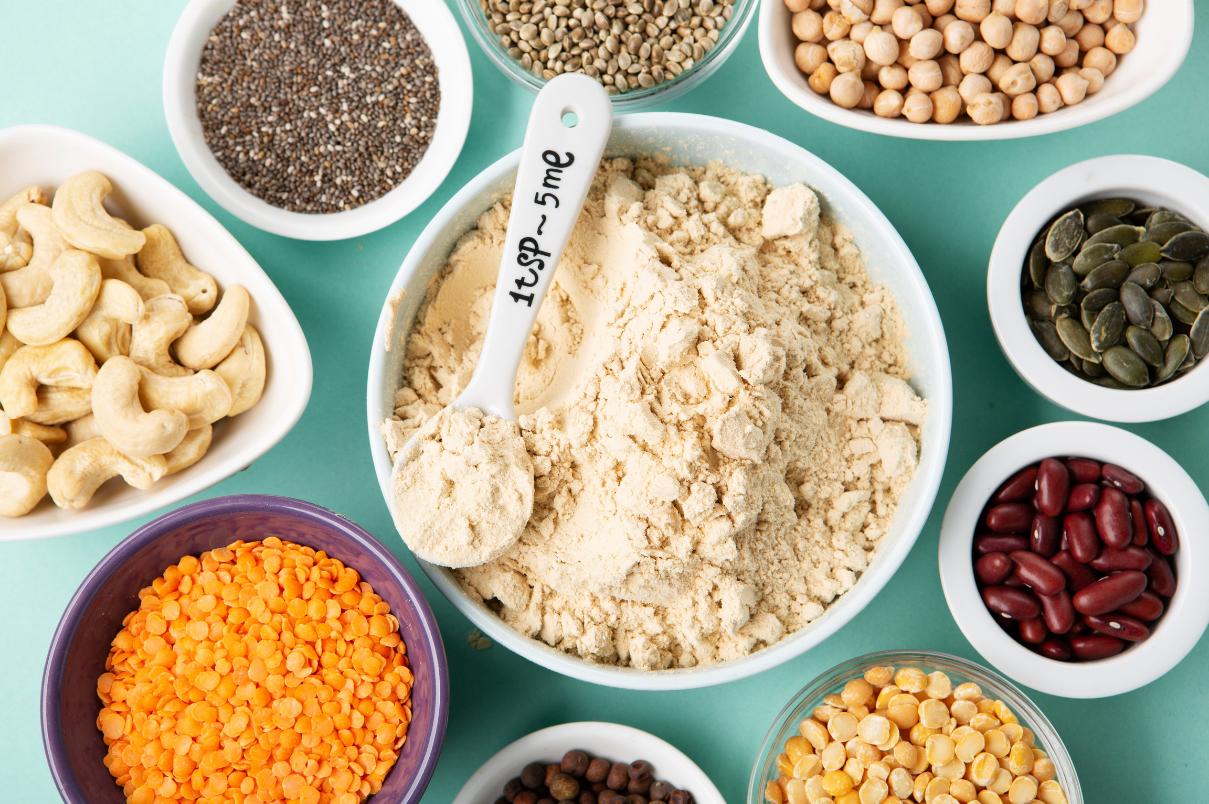Production, Transportation, Refining and Distribution of Palm Oil
What is actually involved in bring it to supermarkets and homes? It can be purchased in bottles and is popular in countries that have embraced it as a cooking oil. Some of us might not be aware that it can also be present in many of the products that we enjoy eating. Even many of the popular scented soap brands use Palm Oil as a major ingredient in the manufacturing process. Palm is plentiful and a major source of vegetable and cooking oil. If you happen to live in countries like Malaysia and Indonesia, you cannot help but notice that certain parts of the countryside are populated with millions of palm trees. Palm Oil has become a major commodity on the world market and it is a growing industry and can even be used to produce biofuel.
First of all the Palm Trees have to be picked. It is actually the seeds that contain the oil. These seeds are then crushed in a Mill and separated by process systems to produce something called CPO (crude palm oil).
Once the mill is satisfied with the quality of the oil it can be transported to refineries. If it is being transported by land it will most likely be kept in large containers on trucks. These trucks will deliver the product to refineries who will process it even further into purer oil. When palm oil is being delivered to refineries it is either sampled manually or goes through electronic “palm oil quality monitors”
CPO Refineries are always watching the price of the commodity which is also traded on the stock market so timing can be important.
Finally, these refined products are sold to agents and distributors in smaller quantities who then use the palm oil as a base product or a component of goods that will be found on supermarket shelves and used in homes.
Palm competes with other types of oil such as Canola and Sunflower Oil. The distribution of palm oil and palm oil related products will depend mostly on the preferences of end manufacturers of products which also can be influenced by consumer preferences. Palm for cooking is highly respected in countries like Thailand, Malaysia and Indonesia where it is commonly found in restaurant food. There are many benefits to using Palm Oil in these locations but one of the major benefits is that it will be competitively priced compared to other types of vegetable oil which might be costlier to import.




